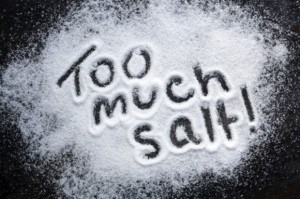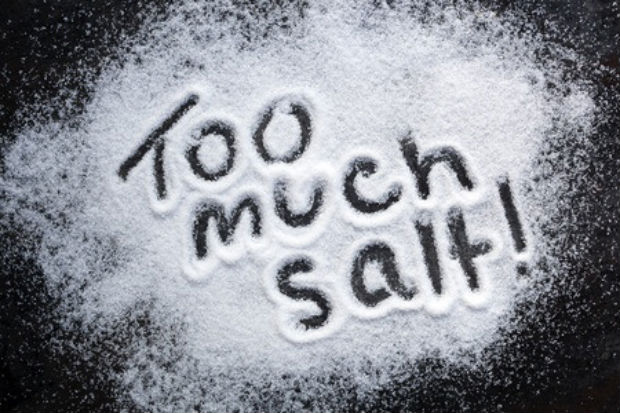
MANILA, Philippines–If you want to live longer and have a healthier heart, cut back on your salt intake. This means ditching your favorite fast-food meal, checking salt levels on food labels, and removing salt dispensers and bottled sauces from your dining table.
The World Health Organization (WHO) gave these tips to mark World Heart Day on Monday, as it urged countries to implement evidence-based strategies to reduce salt consumption to trim the number of people experiencing heart disease, strokes and other noncommunicable diseases (NCDs).
In a statement, the WHO said that one of its targets was to reduce global salt consumption by 30 percent by 2025 to prevent people from succumbing to NCDs, which are the leading cause of premature death.
People who consume too much salt increase their risk of hypertension and other heart diseases and strokes, it noted.
“If the target to reduce salt by 30 percent globally by 2025 is achieved, millions of lives can be saved from heart disease, stroke and related conditions,” according to Dr. Oleg Chestnov, WHO assistant director general for NCDs and mental health.
In the Philippines, lifestyle-related diseases are the top causes of death. These diseases are linked to common but preventable risk factors such as an unhealthy diet, lack of physical activity, smoking and alcohol consumption.
Chestnov said one of the more effective ways to improve population health was for governments to enforce regulations and policies that would ensure that food manufacturers produced healthier food with lower salt levels.
He said the food industry must also work closely with the WHO and national governments to “incrementally reduce the level of salt in food products.”
With the abundance of processed food in the market, people consume roughly 10 grams of salt a day on the average, an amount twice the WHO’s recommended level of less than 5 grams or under one teaspoon from all sources, including home-cooked meals, ready-made meals and processed food.
The WHO has recommended that children aged 2 to 15 consume even less salt than 5 grams, adjusted to their energy requirements for growth.
“Salt is in almost everything we eat, either because high levels of salt are found in most processed and prepared foods, or because we are adding salt when we prepare food at home,” said Chestnov.













































